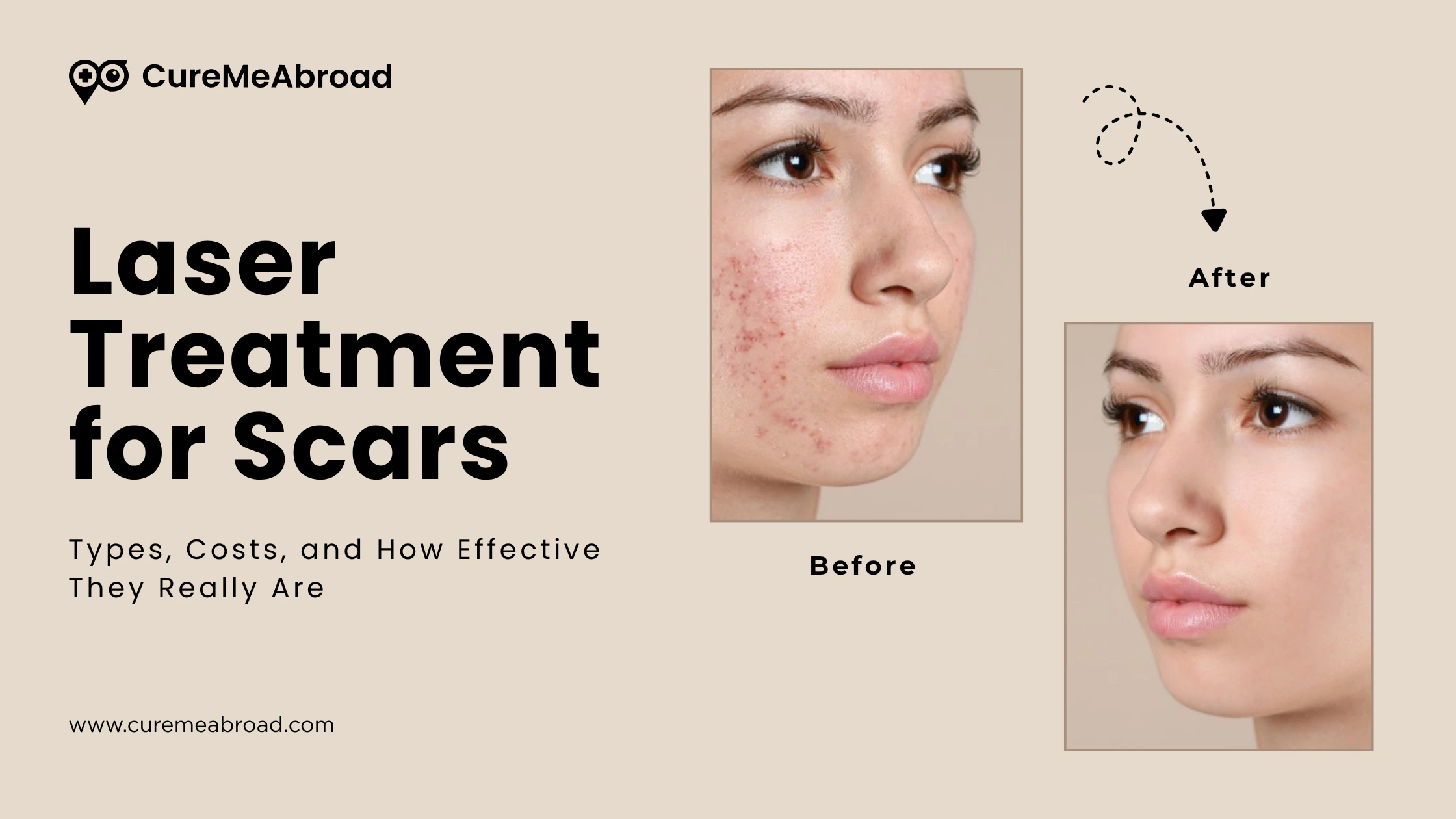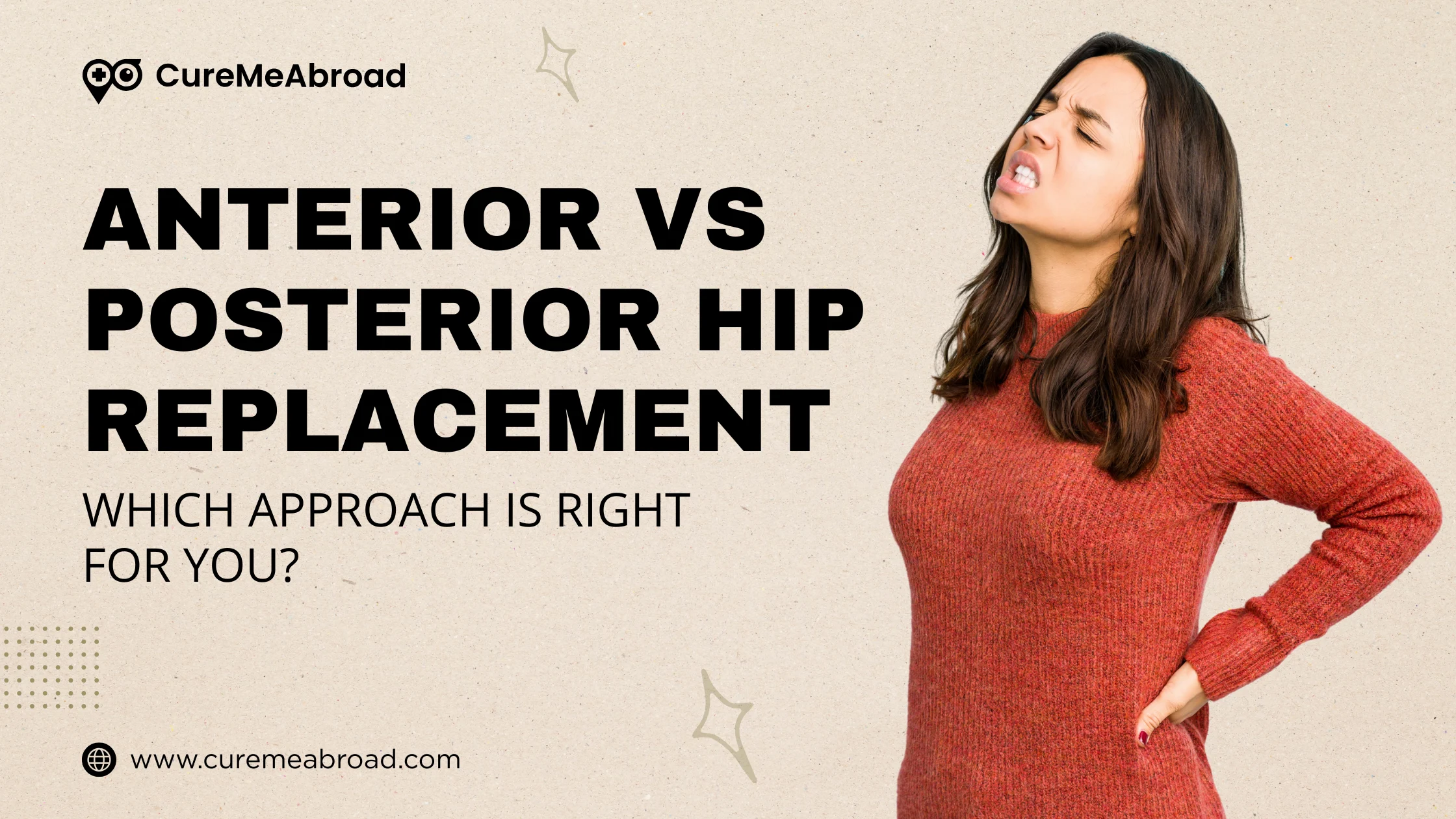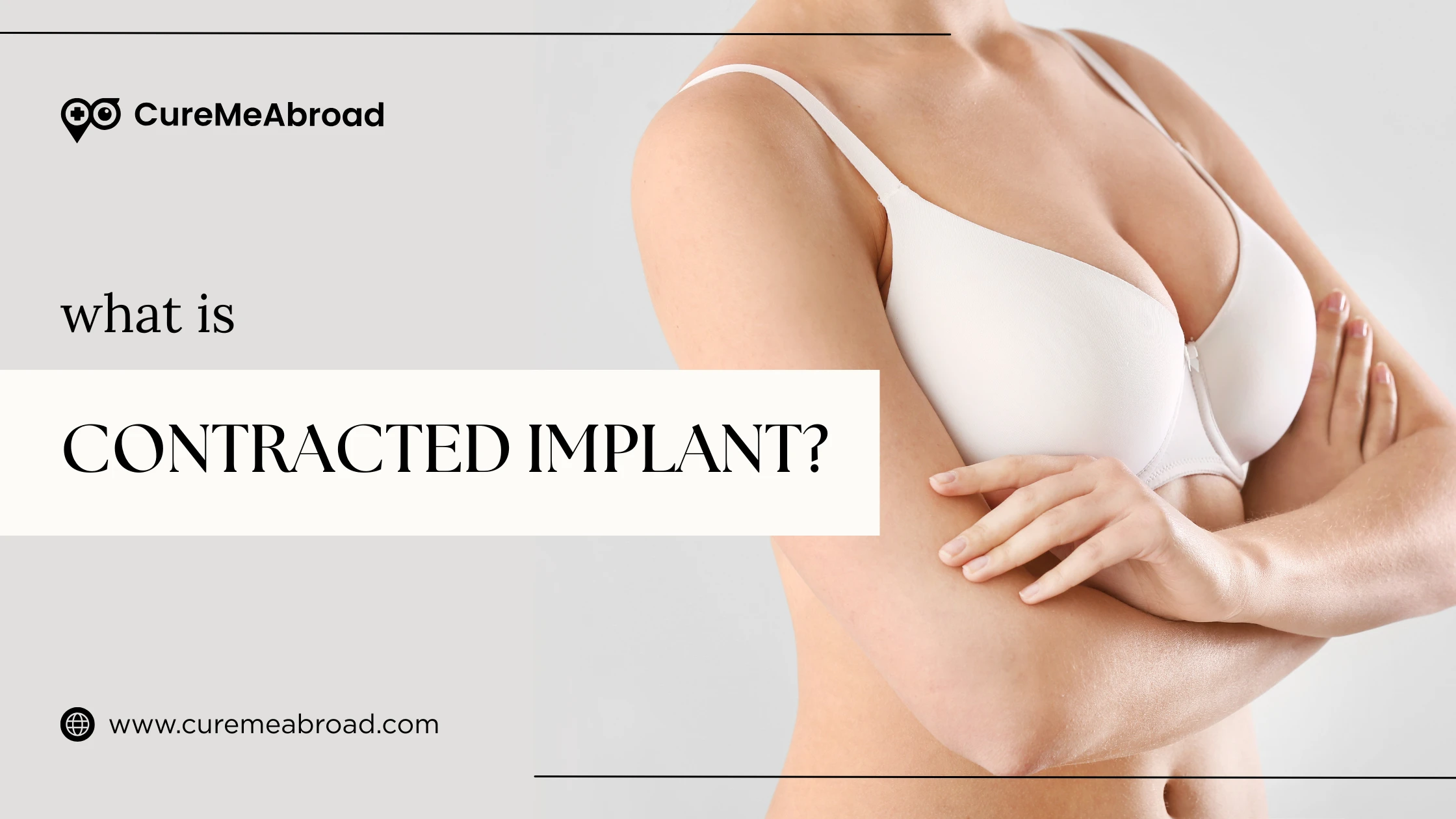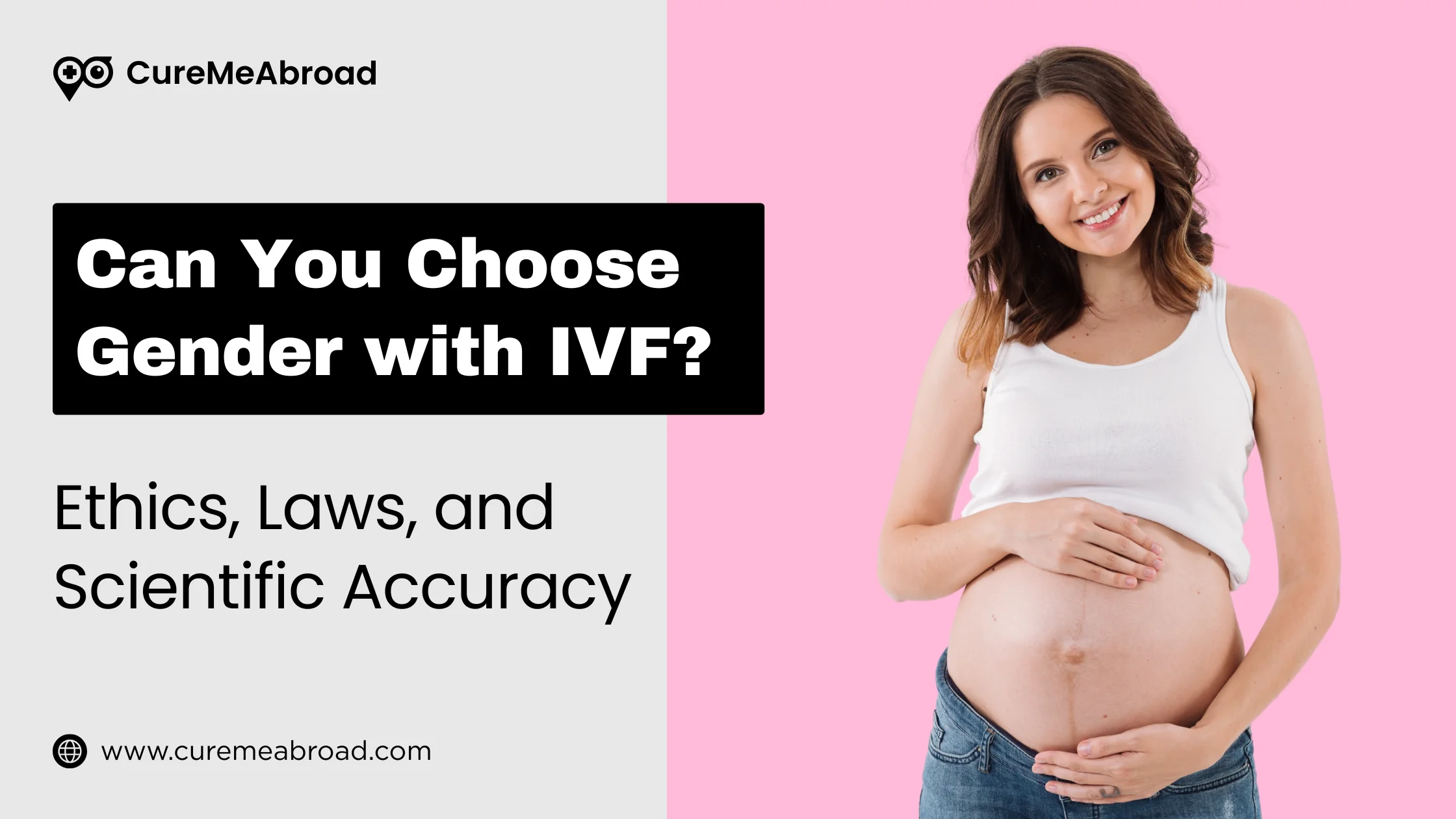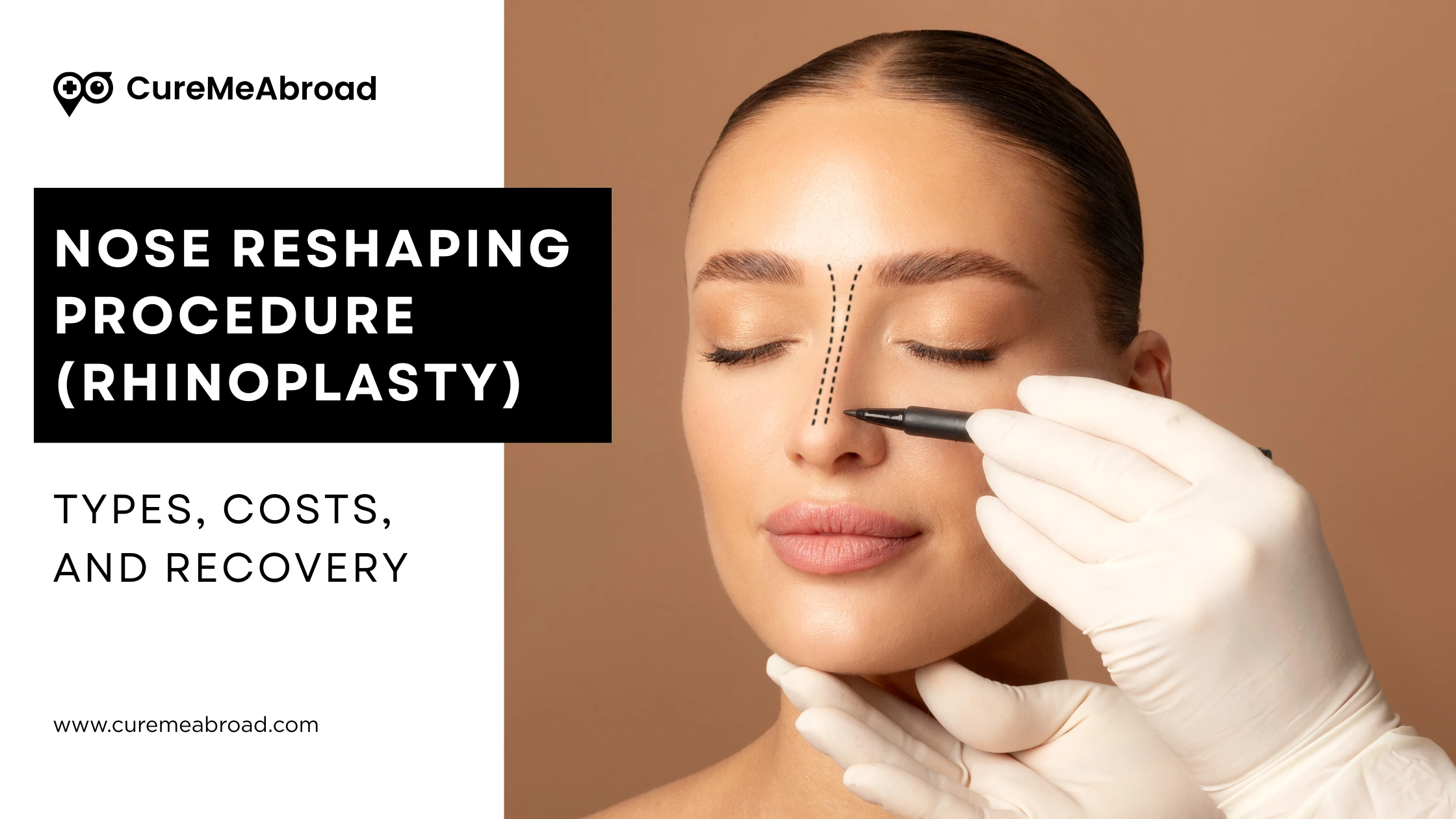Scars can be signs of low self esteem and diminished confidence as they serve as a permanent reminder of old surgeries, wounds or acne. Fortunately, with the help of new technologies, we can minimize scar visibility and improve skin texture. Laser Treatment is one of the most advanced and effective solutions for this problem. Laser treatments are found to be effective for almost any skin issue ranging from surgical scars to minimal acne scars.
We'll go over the various kinds of laser scar treatments, their costs, their methods, and their effectiveness in this comprehensive guide so you can make an informed choice before scheduling your appointment.
What is Laser Treatment for Scars?
Scar tissue is the body's normal reaction to injury. Scars are not dangerous and don't need to be removed for health reasons. However, a variety of techniques can lessen their appearance and discomfort if they are excruciating, confining, or have a psychological impact on the individual. Laser treatment penetrates the outer layers of the skin in order to promote the growth of new, healthy skin cells . The laser removes older, damaged skin layers so that new and healthy skin can grow in its place. Laser therapies can improve the appearance of scars by 50% to 80% after a series of treatments. (Dermatologic Surgery,2021)
In essence, laser treatments are replacing an old scar with a new one. But the new skin ought to grow more evenly.
Laser treatment helps by:
- Smoothing out the skin and improving skin texture
- Reducing redness and discolouration
- Boosting the production of collagen
- Tightening the skin surrounding the scars
Which type of scars can it treat?
Numerous common scar types, such as acne and injury scars, can benefit from laser treatment. For superficial scars, doctors typically advise it. More intensive treatment usually works better for deep scars or scars that limit a person's movement.
For the following kinds of scars, a dermatologist might suggest laser treatment:
- Burn scars
- Acne scars
- Injury scars
- Surgical scars
Type of Laser Treatments for Scars
The Ablative Lasers: Damaged skin layers are removed by an ablative laser. Ablation encourages the growth of new skin.
Non-Ablative Lasers: Collagen is stimulated by nonablative devices without the epidermis being removed.
According to experts, ablative lasers can improve up to 75% of atrophic scars while non-ablative lasers provide 25% improvement in mild to moderate scars.
Commonly used Laser treatments for Scars are:
Fractional CO₂ Laser
It is suitable for deep burn and surgery scars, and acne scars. It works by depositing small laser beams into the skin, which induces mild micro-injuries triggering the skin to produce increased collagen. It has a moderate recovery time (about five to seven days). 75% of patients experienced "excellent" improvement of acne scars after 2 CO2 laser treatments (Lasers in Surgery and Medicine, 2020).
Results: Within a few sessions, the texture and skin resurfacing improved significantly.
Erbium:YAG Laser
It is suitable for shallow scars and mild textural irregularities. It reduces heat damage when peeling thin skin layers, reducing the risk of side effects. It has very little downtime (3–5 days). This type of treatment improved scars by 60% after two sessions (The Journal of Clinical and Aesthetic Dermatology, 2022).
Results: Fewer sessions than with a CO₂ laser, but with smoother, more even-toned skin.
Pulsed Dye Laser (PDL)
It is perfect for elevated or red scars (like keloids and hypertrophic scars). It flattens the scar and reduces redness by affecting the blood vessels in the scar tissue. It has very little downtime. Pulsed dye laser treatments showed 70% reduction in scar redness after three sessions. (Archives of Dermatology, 2019).
Results: After multiple treatments, scar texture is smoothed out and redness is eliminated.
Fractional Resurfacing (Fraxel Laser)
Fraxel lasers create tiny columns of treated skin surrounded by untreated skin, promoting rapid collagen renewal and healing. It is perfect for acne scars, surgical and pigmented scars.
How Much Do Laser Treatments for Scars Costs?
On an average, you should plan to pay from $200 to $3,000 for a laser scar removal session. The considerable variation in the prices is mainly due to the various factors like the laser treatment type and the severity of your case which have been discussed above. For instance, surface scars might require less number of sessions and hence be less expensive in total, whereas deeper or larger scars may need more sessions and hence cost you more overall.
It's also important to mention that most patients need a few sessions in order to get the best results. Based on your own situation, you could find yourself in need of two to six treatments or even more. This total expense adds up fast, so it's smart to plan for it.
By knowing these averages, you can prepare yourself financially even better for what's to come.
Effectiveness of Laser Treatments
The effectiveness of laser treatments for scars varies based on a number of factors, such as the nature of the scar, its age, skin type, and the particular laser treatment applied. Generally speaking, laser treatments can reduce the visibility of scars considerably, but complete elimination is uncommon.
Atrophic (Sunken) Scars
Laser therapies such as fractional and CO2 lasers are very effective in treating atrophic scars, including those resulting from acne. These lasers induce the creation of collagen, which fills in the depressions on the skin, giving it a smoother texture. Several sessions will be required, but results can usually be appreciated after only a few treatments.
Hypertrophic (Raised) Scars
For elevated scars, laser therapy is beneficial in flattening the scar and minimizing redness. Pulsed-dye lasers are used to treat blood vessels in hypertrophic scars, resulting in a decrease in elevation and color of the scar over a period of time. Laser therapy may soften the scar's texture as well.
Keloid Scars
Keloid scars are very challenging to treat since they extend even beyond the confines of the original wound. Though lasers can minimize the size and redness of keloids, they are even combined with other treatments such as steroid injections or cryotherapy to stop keloids from growing back. Even after that, it is possible for keloids to recur.
So, to conclude, laser treatment for scars has completely changed the way scars are treated, offering an excellent, safe, and non-invasive alternative to operating to achieve smoother and more uniform skin. No matter if you are going through acne scars, surgical blemishes, or burn injury, with the help of a professional, a suitable laser treatment can really improve your condition.
Through regular treatment, taking care of your skin properly afterwards, and having a positive outlook, your skin can be so much clearer and younger and scars will no longer be a worry for you.
Frequently Asked Questions
1. Are laser treatments for scars painful?
Lasers used for treating scars are usually not painful at all; nevertheless, a few patients may have slight discomfort. One thing that can help a lot is the application of numbing cream or the use of a cooling device, which are both effective ways to alleviate pain.
2. Can laser treatments completely remove scars?
Scars can be made to look much less visible by the use of laser treatments, though the complete removal of scars is uncommon. The intention behind these treatments is to decrease the visibility of the scar.
3. Is laser therapy safe for all skin types?
Most skin types are compatible with laser therapy, but the risk of pigmentation changes is higher in patients with darker skin tones. Dermatologists will evaluate your potential for treatment.
4. How long do the results of laser treatments last?
The results are typically long-lasting, though scars may not completely disappear. Some patients might need periodic treatments to keep the results.

